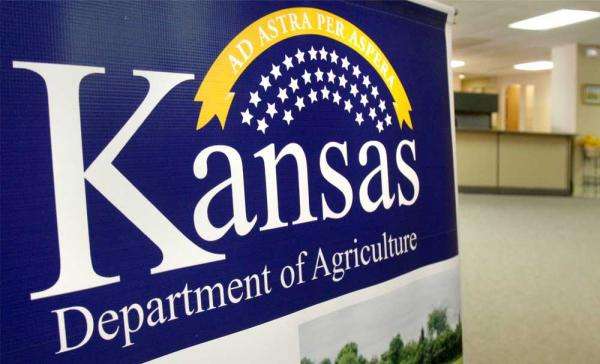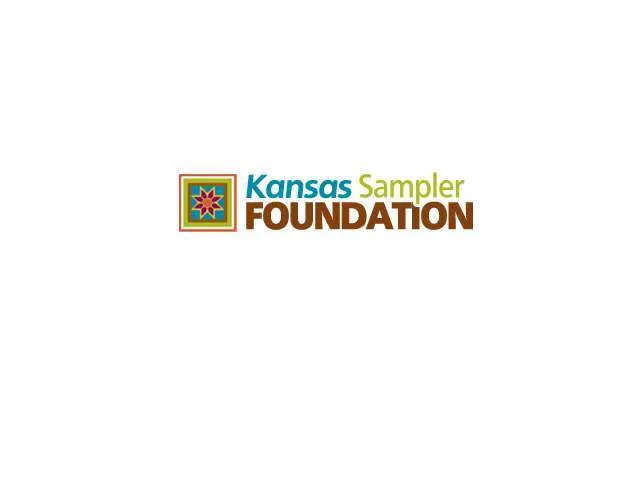Livestock producers urged to enroll in Disaster Assistance Program by Oct. 1
Taiwan Agricultural Youth Exchange Program accepting applications
Manhattan, Kan. – The 2014 Taiwan Agricultural Youth Exchange Program is currently accepting applications from high school seniors or college freshmen who are passionate about agriculture and are interested in representing Kansas in a week-long exchange program in December 2014.
Each year the National Taichung Agricultural Senior High School in central Taiwan hosts students from the Midwest for this program. Selected students will tour agricultural facilities and businesses in Taiwan, and will learn about Taiwanese agriculture. It is anticipated this program will take place in early to mid-December, but travel dates are still being determined.
Exports play an important role in Kansas agriculture, according to Euromonitor, in 2013 Kansas exported just over $117 million in agricultural goods to Taiwan including beef, oil seeds, cereal grains and wheat flour. Globally, in 2012 exports of farm and ranch products contributed nearly $4.9 billion to the Kansas economy.
“The Taiwan Agricultural Youth Exchange Program is a tremendous opportunity for students who are passionate about agriculture. This program provides students with active learning and travel experiences. Students are able to return home from Taiwan and inspire their peers to be agricultural activists,” said Kerry Wefald, Marketing Director for the Kansas Department of Agriculture.
Three students will be selected to represent Kansas. In order to be eligible to apply, students must be the following requirements:
- Be a high school senior or college freshmen;
- Be at least 18 years of age by the beginning of the trip;
- Have a strong Kansas agricultural background;
- Have a valid US passport at time of application; and
- Able and willing to pay for airfare costs (approximately $1,050).
Applications must be submitted by October 1 for the student to be considered. Students interested in applying should reference the 2014 Taiwan Agricultural Youth Exchange Program Opportunity webpage for more details. The application requirements can be found at here. The coordination of the program is sponsored by the Kansas Department of Agriculture, the Kansas FFA Association and Kansas 4-H.
For more information, contact KDA Education and Events Coordinator, Nellie Hill, at [email protected] or 785-564-6756.
Statewide festival to choose from two towns
The Kansas Sampler Foundation will visit the cities of El Dorado and Winfield on September 22 in the final step of selecting the host for the 2016 and 2017 Kansas Sampler Festival.
Committees from both cities have already been successful with a preliminary and final application. Foundation director Marci Penner said, “The final application is rigorous and takes a great deal of time and effort to complete. We believe that the application and interview process makes it clear which city is most ready to host the festival and should give confidence to that city that they are ready to host. The city not chosen is often first in line for the next round. It’s a competition.”
The celebratory event of what there is to see and do in Kansas is held the first full weekend of each May. In 2014, more than 11,500 people attended the two-day festival in Wamego and more than 140 communities represented what there is to see, do, hear, taste, buy, and learn in Kansas. Wamego will host the 26th annual festival one more time in 2015 on May 2-3.
Two staff members and several Foundation board members will come to El Dorado and Winfield on September 22 for an interview and a site visit. The next festival host will be announced the following day.
The Final Mount Hope Market will be September 25, 2014!!
The Mount Hope Farmer’s Market at the Mount Hope City Park is held on Thursdays, from 5-7 p.m. The market will be held every week through September 25th.
cover photo – Justin Sewell
From harvest to health: Apples
Low calorie apples are a dieter’s dream — a medium apple is only about 80 calories! Apples are also a good source of fiber, especially if you eat the peel, and they contain only a trace of sodium and fat.
Selecting Apples:
High quality apples are smooth-skinned, crisp, juicy and well-colored for their variety. Varieties of apples that are not solid red should have a yellow-green undertone, often called “ground color.” A ground color that is too green indicates a less sweet or underripe apple. Ground color that is too yellow identifies an apple that is overripe, soft and mealy textured. Avoid apples with bruises, soft spots or wrinkled skin.
Handle apples gently to avoid bruising them. Apples will remain crisp and juicy longer if refrigerated. Keep apples in plastic bags with small air holes to maintain a high moisture level and delay withering. Missouri fall apples maintain excellent quality longer than apples that have been in commercial storage.
There are three major varieties available in Missouri from early to late fall: Jonathans, Red Delicious and Golden Delicious.
Find more about the best uses for each type, as well as tips for selecting, using and preserving fresh apples (including recipes) at http://missourifamilies.org/
Roasting seeds

Raw, mature seeds may be prepared at home by covering unshelled seeds with
salted water (2quarts of water to 1/4 to 2 cup salt). Bring to a boil and
simmer 2 hours, or soak in the salt solution overnight. Drain and dry on
absorbent paper.
Put sunflower seeds in a shallow pan in a 300-degree F oven for 30 to 40
minutes or until golden brown, stirring occasionally. Take seeds out of the
oven and add 1 teaspoon of melted butter or margarine, or cooking oil per 1
cup of seeds if they are to be eaten immediately. Stir to coat. Put on an
absorbent towel. Salt to taste.
By: Ward Upham
Do you know your cholesterol numbers?
Tammy Roberts, MS, RD, LD, Nutrition and Health Education Specialist, Bates County, University of Missouri Extension
It is important to be aware of cholesterol numbers because high cholesterol is one of the major controllable risk factors for coronary heart disease, heart attack and stroke. There’s no better time than right now to know your numbers — September is Cholesterol Awareness Month.
When you get the results of your cholesterol blood test you should know your total cholesterol, HDL cholesterol and LDL cholesterol. The desirable total cholesterol level is 200 mg/dL or below.
Low density lipoprotein or LDL is considered a good gauge for risk of heart attack and stroke. It is the LDL, along with other substances, that builds up on artery walls, forming a thick plaque that narrows arteries and makes them less flexible. When a clot forms and blocks an artery, a heart attack or stroke can be the result. It is optimal for LDL to be below 100 mg/dL.
High density lipoprotein or HDL is referred to as the good cholesterol. High levels of HDL can provide some protection against heart attack and stroke. HDL helps keep the LDL from building up on artery walls. For men, the average HDL reading is 40 to 50 mg/dL. In women, it is 50 to 60 mg/dL. Less than 40 for men and 50 for women puts you at a higher risk for heart disease. Above 60 mg/dL provides protection against heart disease.
There are some things that impact cholesterol that you have no control over; however, there are other things you can control. To learn about these risk factors and when to have your cholesterol tested, check out the full version of this article at http://missourifamilies.org/






